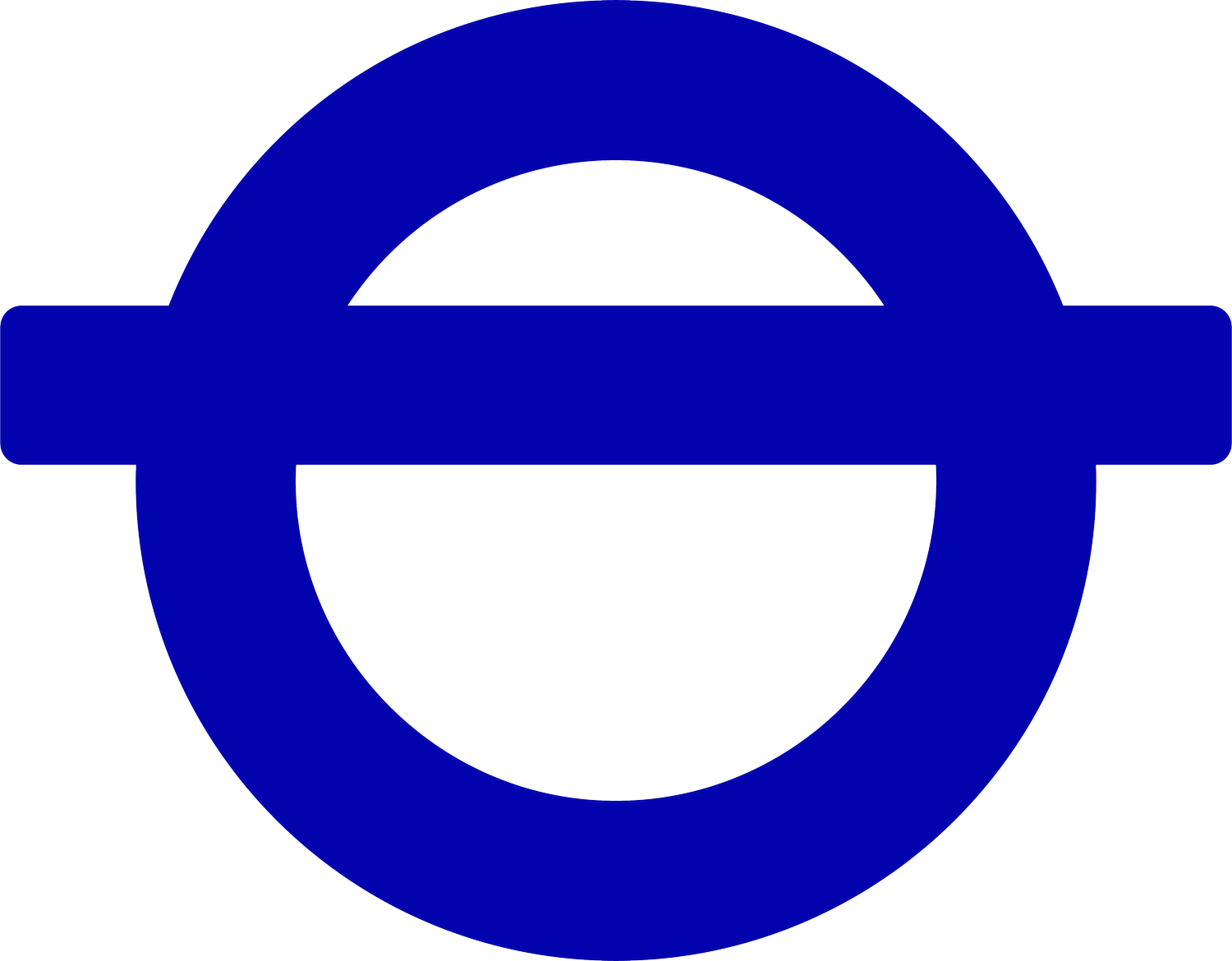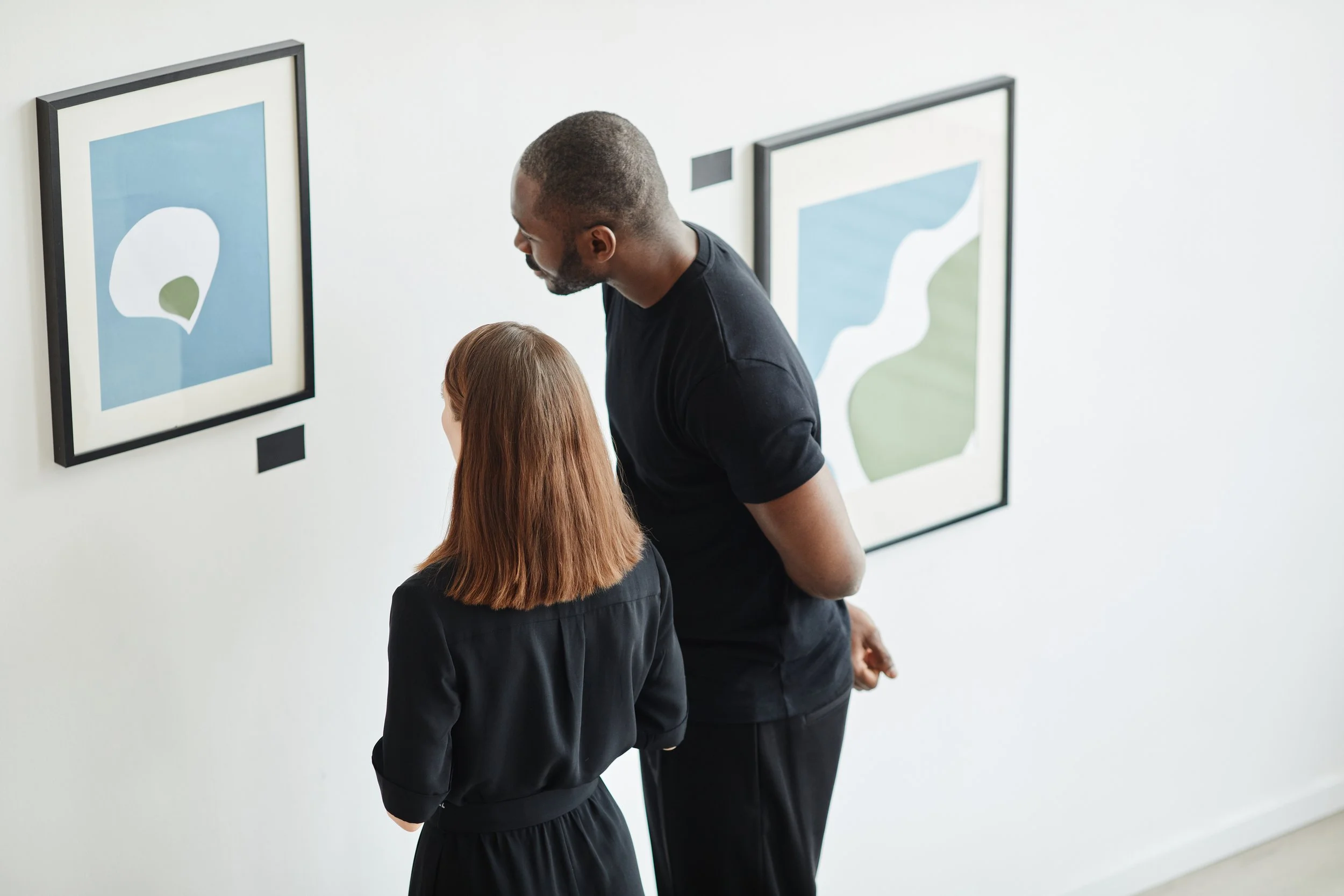Balancing art and functionality: when creativity meets usability
As a professional photographer and visual designer, I’ve always walked a fine line between art and functionality. The delicacy between creating something visually captivating and ensuring it serves a clear, understandable purpose is at the core of every creative challenge I face.
Whether I’m behind the camera, capturing moments that evoke emotion or tells a story, or designing an interface that guides a user effortlessly. This balance is what challenges me in all my projects.
Art vs. Design: Understanding the Difference
Art, in its purest form, is about self-expression. It tells a story, evokes emotions, and invites viewers into a world open to interpretation. In photography, this might mean capturing abstract patterns of light and shadow or crafting a surreal composition that leaves viewers pondering its meaning. The beauty lies in its ambiguity.
Design, however, is a different beast. As visual designers, our creations need to communicate. The artful techniques we use composition, color, typography must be distilled into something purposeful. A well designed product, website, or ad doesn’t just look good; it functions seamlessly, tells a story, and leads the viewer toward a desired action, such as making a purchase or engaging with a brand.
Bridging the Gap: From Abstract to Practical
Over the years, I’ve learned to borrow from my artistic instincts while staying grounded in the realities of design. Here’s how I approach this balance:
1. Storytelling as a Foundation
Whether I’m shooting a photo series or designing a landing page, storytelling is always my starting point. As a photographer, I might explore themes of movement or emotion, leaving space for interpretation. As a designer, I use these same storytelling elements but translate them into clarity where every detail, from colors to layout, supports the narrative.
For example, an abstract photo that captures the fluidity of water might inspire the design of a product label. In the label’s design, the fluidity is represented through clean lines and gradients, evoking the same emotion but in a way that communicates the product’s essence at a glance.
2. Aesthetics with Purpose
Art can be indulgent, created purely for the sake of beauty. But in design, every visual choice must have a reason. I often ask myself:
How does this design element support the message?
Does it enhance or distract from the user’s experience?
Is it intuitive to navigate or understand?
Take typography, for example. In an artistic context, I might play with experimental fonts for their visual intrigue. But in a commercial design, I opt for typefaces that not only look good but also align with the brand and are legible across platforms.
3. Emotion and Connection
The best designs don’t just inform they make people feel something. This is where my experience as a photographer becomes invaluable. In photography, capturing emotion is second nature. In design, I channel that same ability into creating visuals that resonate with the audience.
For instance, designing an ad for a luxury product isn’t just about making it look expensive. It’s about evoking the feeling of indulgence, aspiration, and exclusivity emotions that compel consumers to invest in the product.
4. Testing and Refining
Art is often about instinct, but design relies heavily on feedback. Once a design is in the hands of a user or consumer, their interaction is the ultimate test of its success. Is the message clear? Does the layout guide them intuitively? This iterative process ensures that the design isn’t just beautiful but also effective.
The Beauty of Balance
Balancing art and functionality is not about compromise it’s about synthesis. It’s about taking the evocative, interpretive nature of art and refining it into something that serves a purpose while retaining its soul.
As creatives, we have the privilege of weaving stories into our designs, allowing them to connect with people on a deeper level. When done well, the result is something truly remarkable: a piece of work that not only fulfills its function but also inspires, delights, and leaves a lasting impression.
Whether I’m shooting a photograph or designing for a brand, I always strive to keep one foot in the world of art and the other in practicality. It’s in this space, where creativity meets usability, that the magic happens.




